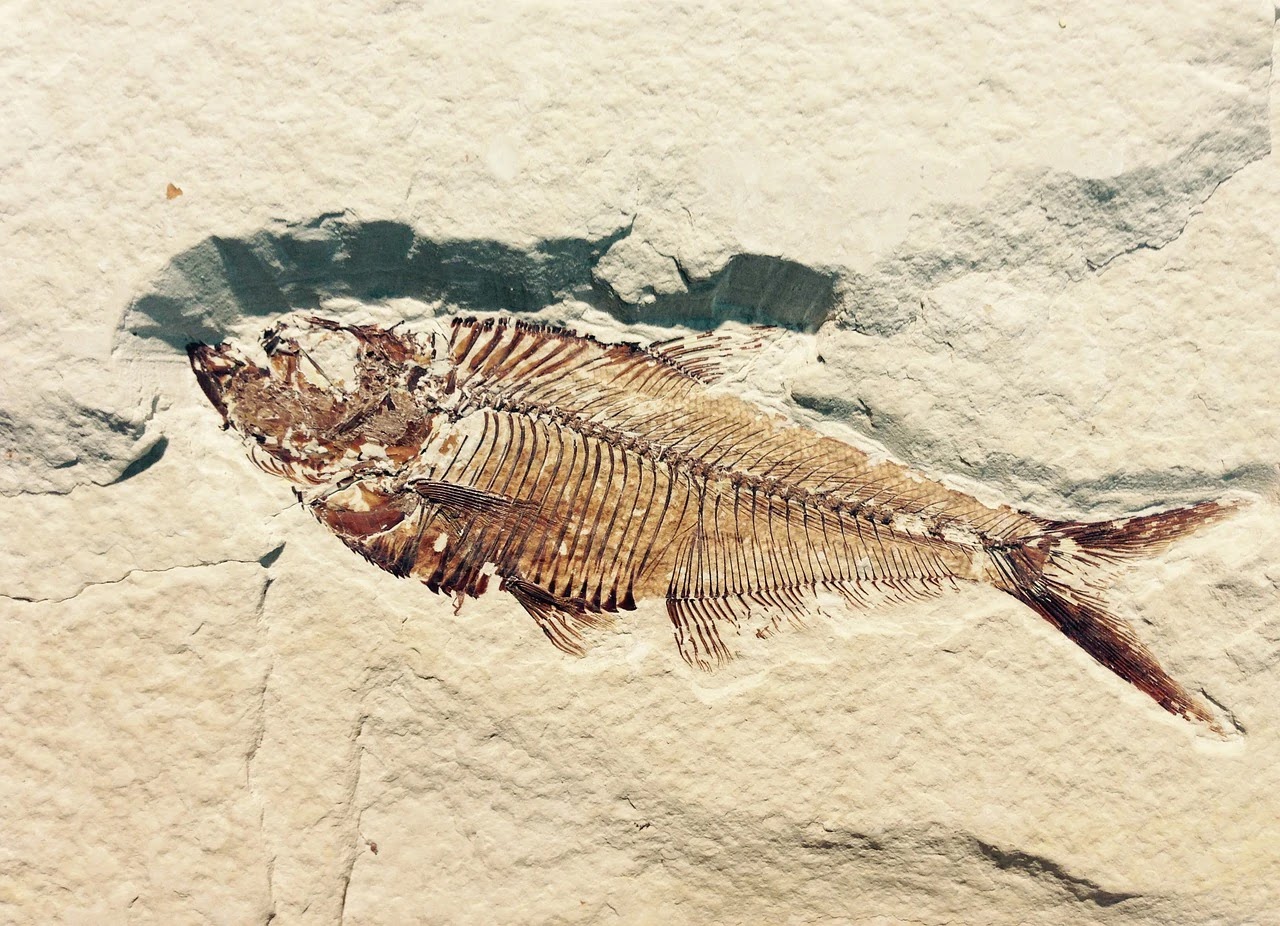Introduction:
Newly discovered molecular fossils embedded in ancient sedimentary rocks have unveiled a long-lost era dominated by primitive eukaryotes that thrived in aquatic ecosystems between 1.6 billion and 800 million years ago. These findings, published in the journal Nature on June 7, offer insights into the existence and evolution of these early life forms and support theories on the development of the chemical pathway for cholesterol.
Unearthing a Hidden World:
Laboratory analyses of rock samples from various locations around the globe revealed traces of protosteroids, primitive compounds that are formed during the creation of steroids. The majority of these molecules were likely produced by ancient eukaryotes—complex life forms encompassing animals, plants, algae, and fungi. Steroids, such as cholesterol, are vital components of cell membranes and leave behind molecular fossils that persist in sedimentary rocks over time.
Filling the Gaps in the Fossil Record:
While physical fossils of eukaryotes dating back 800 million years have been previously discovered, information about their earlier counterparts—existing between 1.6 billion and 800 million years ago—has been scarce. The lack of detectable steroid remnants led scientists to speculate that these early microorganisms either had a lower abundance or lacked the capacity to leave behind visible traces. The recent study has bridged this gap by identifying protosteroids as molecular footprints left by the ancient eukaryotes.
Exploring a Different Hypothesis:
Scientists have long pondered the possibility that an intermediate molecule in the chemical pathway responsible for modern steroids served as the final product in primordial eukaryotes. Biochemist Konrad Bloch, a Nobel laureate who discovered the biosynthetic pathway of cholesterol, proposed this theory. To test this idea, the researchers artificially matured molecules involved in early steroid biosynthesis and determined the characteristics of their molecular fossils.
Confirming the Presence of Ancient Microorganisms:
The research team examined tar-like bitumens and oils extracted from ancient rocks spanning various water environments. These samples, including the oldest one dating back 1.6 billion years from Australia's Barney Creek Formation, revealed an abundance of protosteroids. The results suggest that these microorganisms were widespread and thriving in ancient oceans and lakes. Although some bacteria also possess the capacity for protosteroid production, their molecular footprints have not been detected in sediments older than 800 million years, leading to the conclusion that eukaryotes dominated ancient ecosystems.
Implications and Future Directions:
The discovery of ancient steroid precursors sheds light on the early evolution of eukaryotes and the challenges they faced in Earth's harsh, low-oxygen conditions. These primordial organisms likely benefited from the ability to produce these compounds with less oxygen and energy expenditure. The findings open up exciting possibilities for studying the stepwise evolution of complex life forms and offer a unique opportunity for biologists to delve into the ancient history of life on Earth.
Conclusion:
The identification of 1.6-billion-year-old steroid fossils provides valuable insights into a lost world of microbial life dominated by primitive eukaryotes. By uncovering these molecular footprints, scientists have expanded our understanding of early life forms and supported theories on the evolution of the chemical pathway for cholesterol. This discovery not only fills gaps in the fossil record but also offers an unprecedented opportunity to investigate the intricate evolution of complex life—an endeavor that has fascinated biologists for ages.



~1.webp)

.webp)
.webp)
